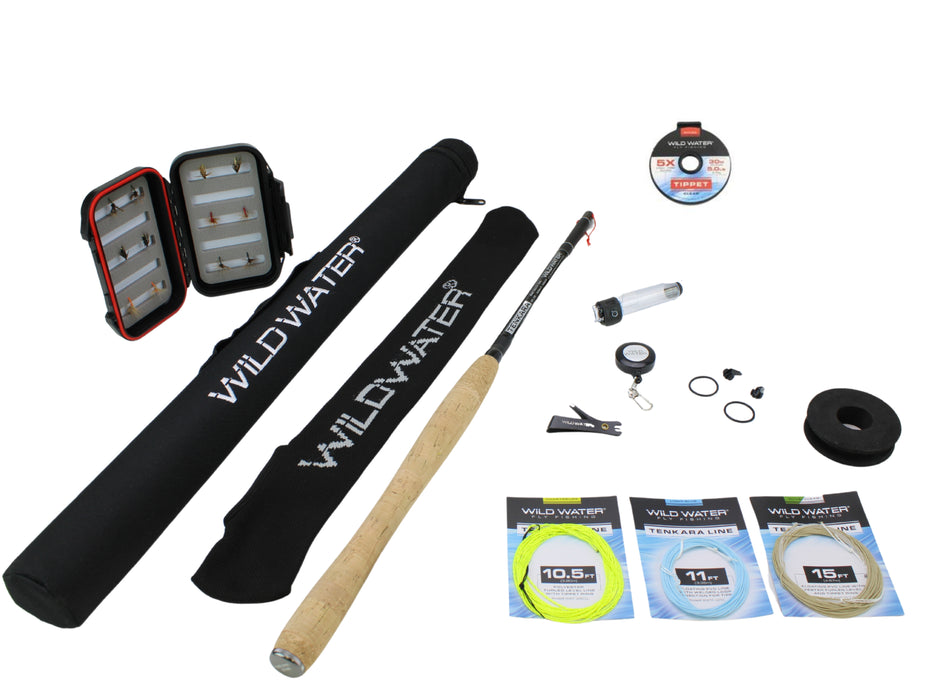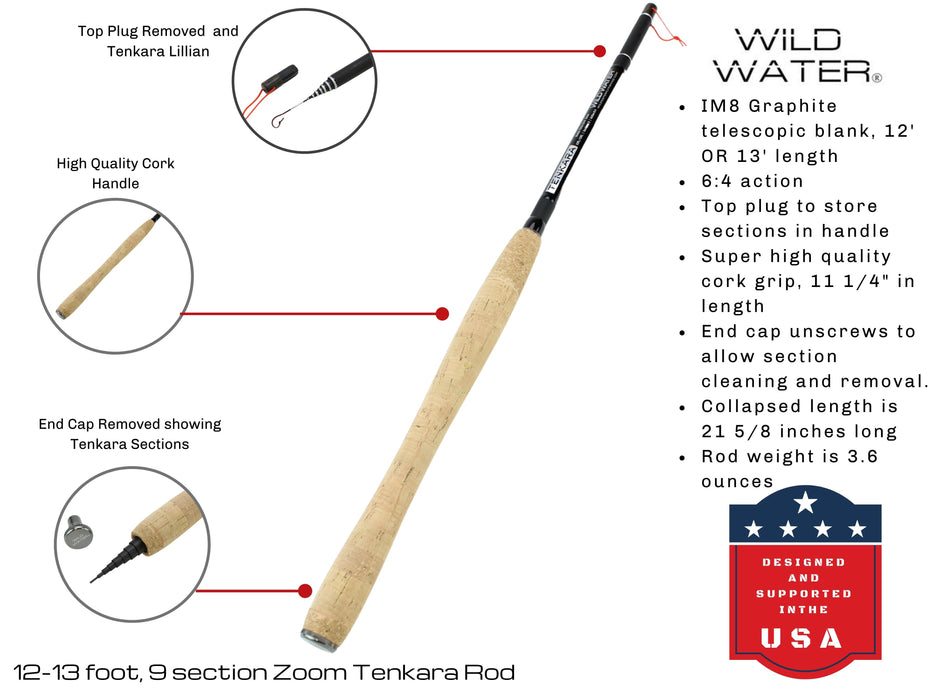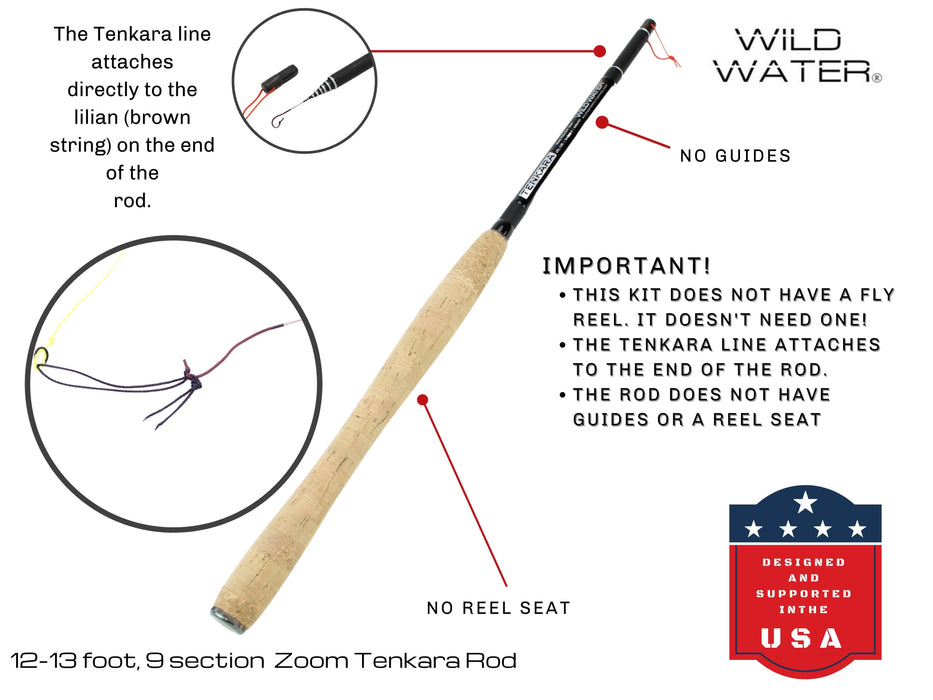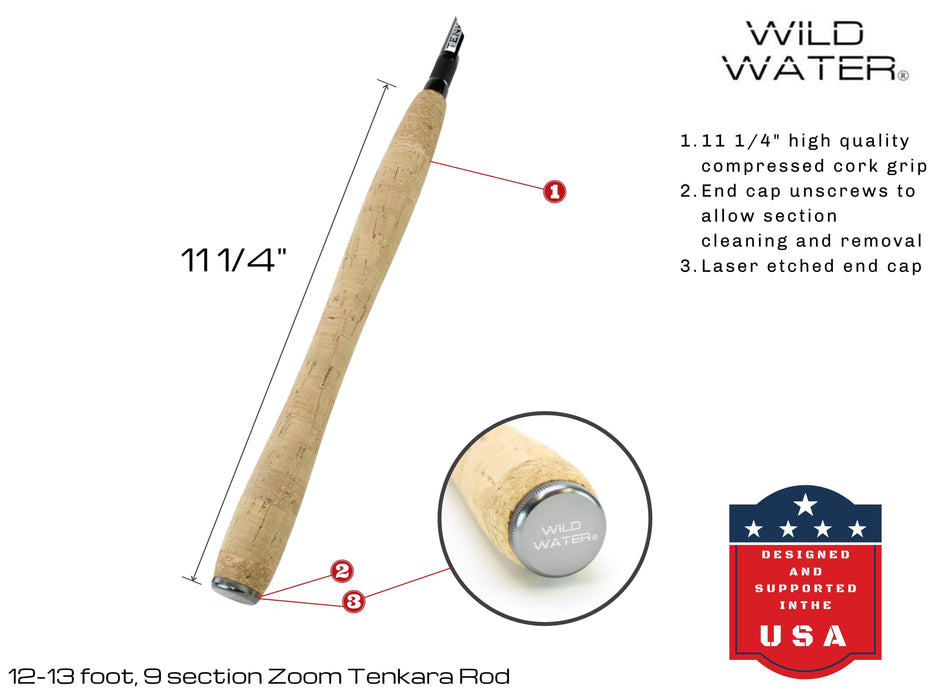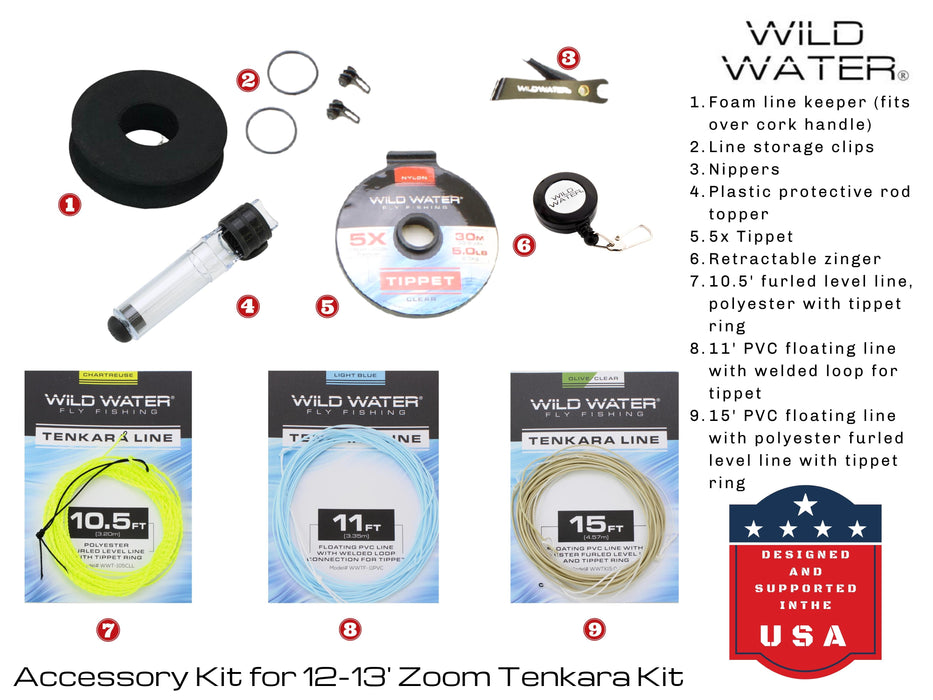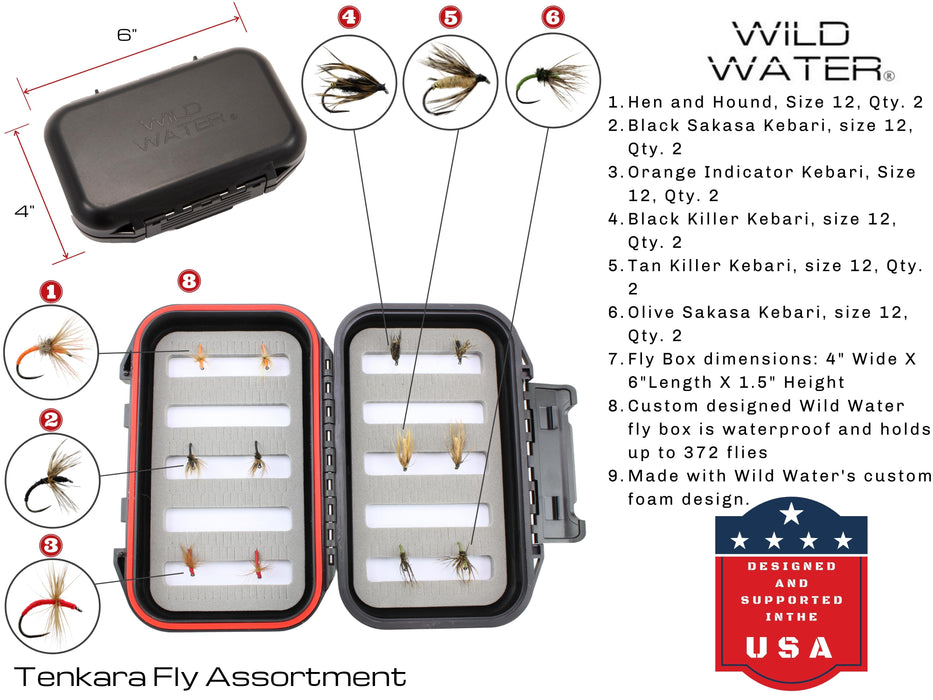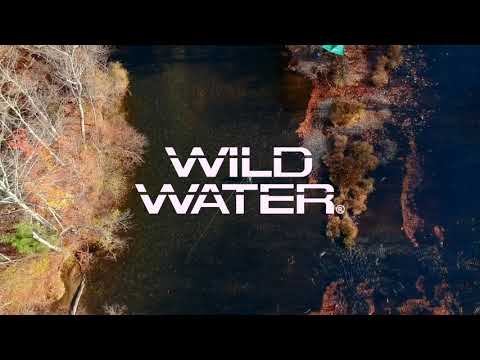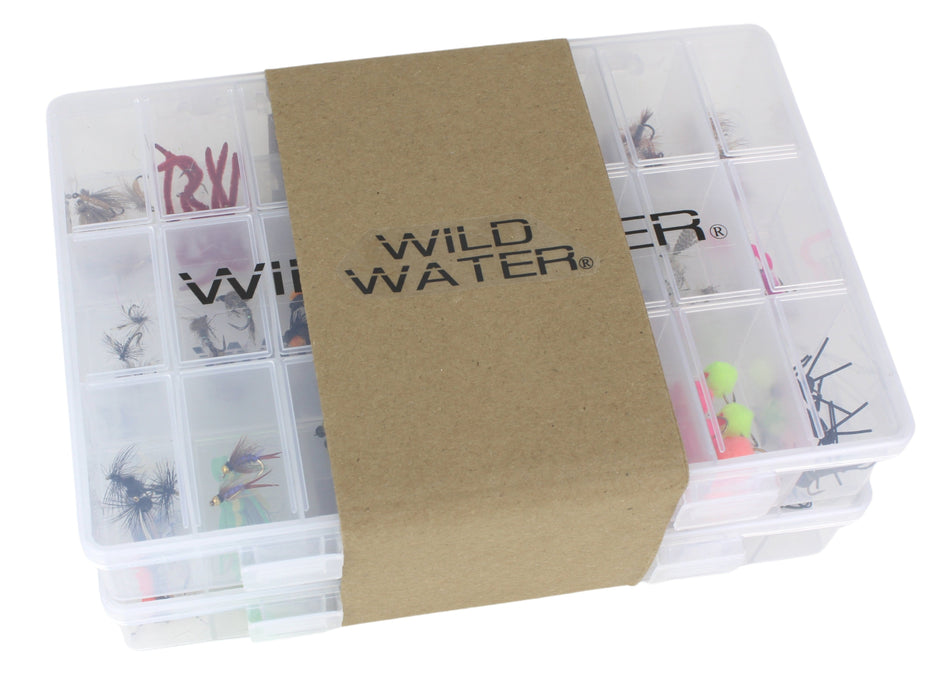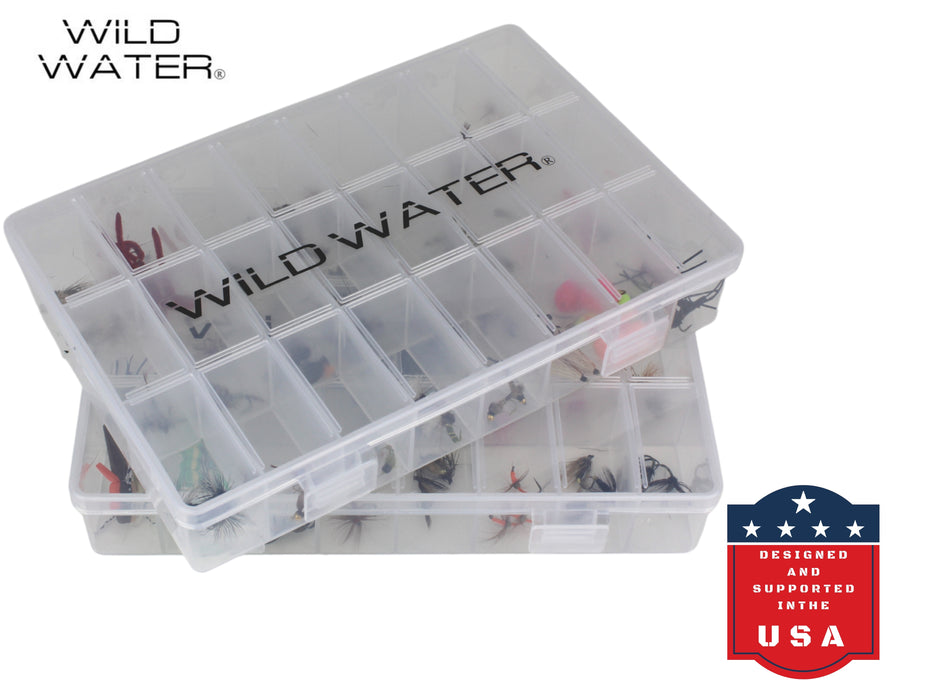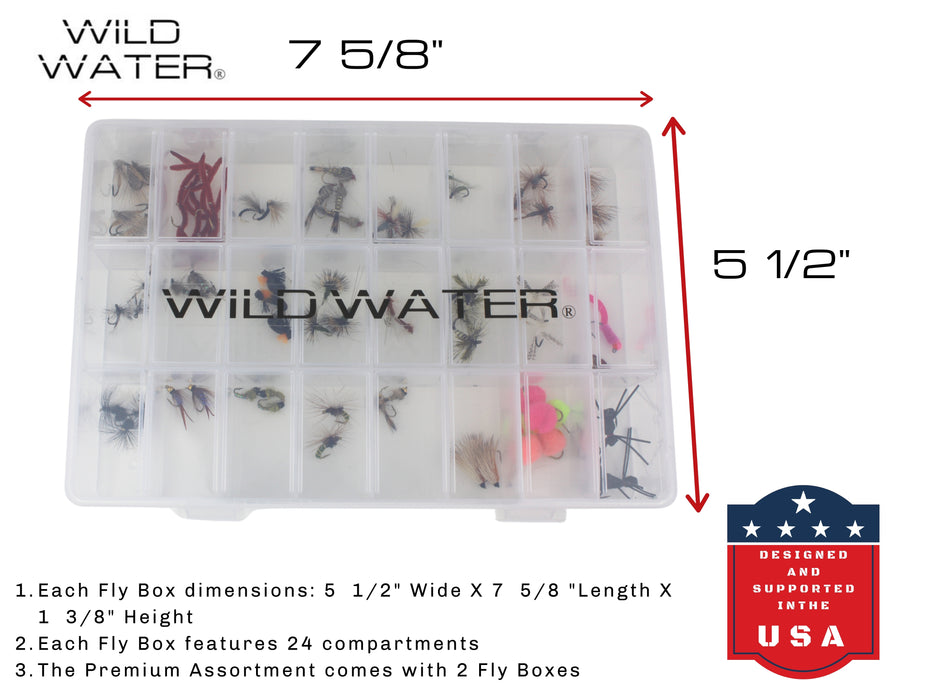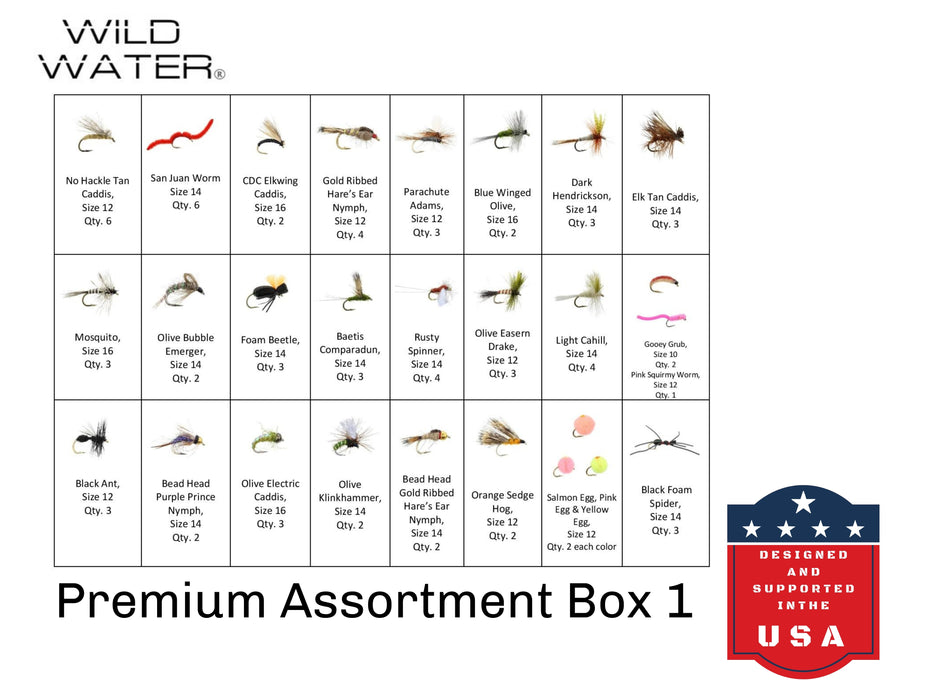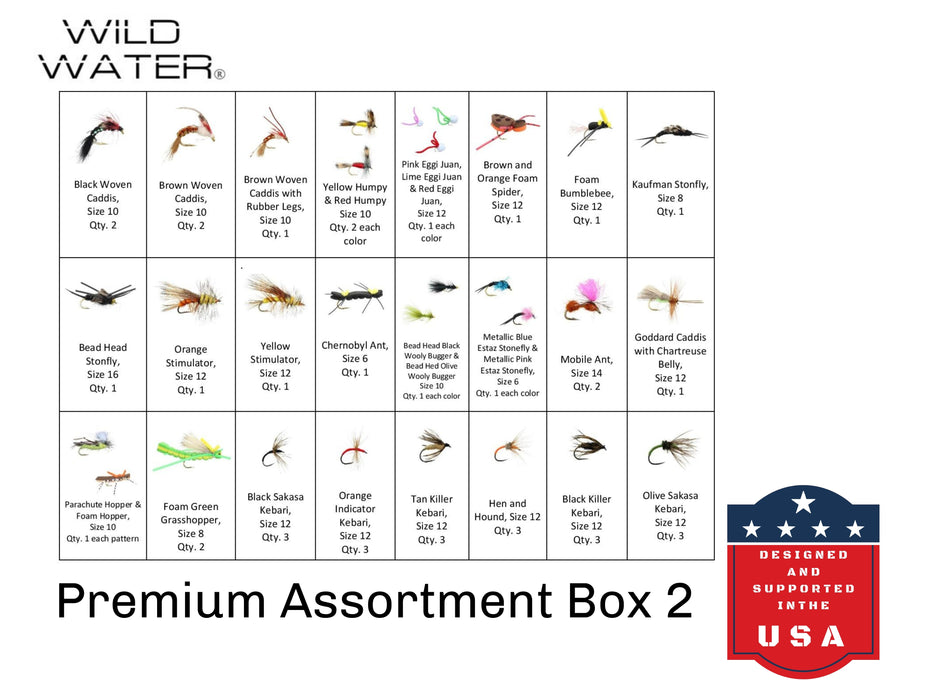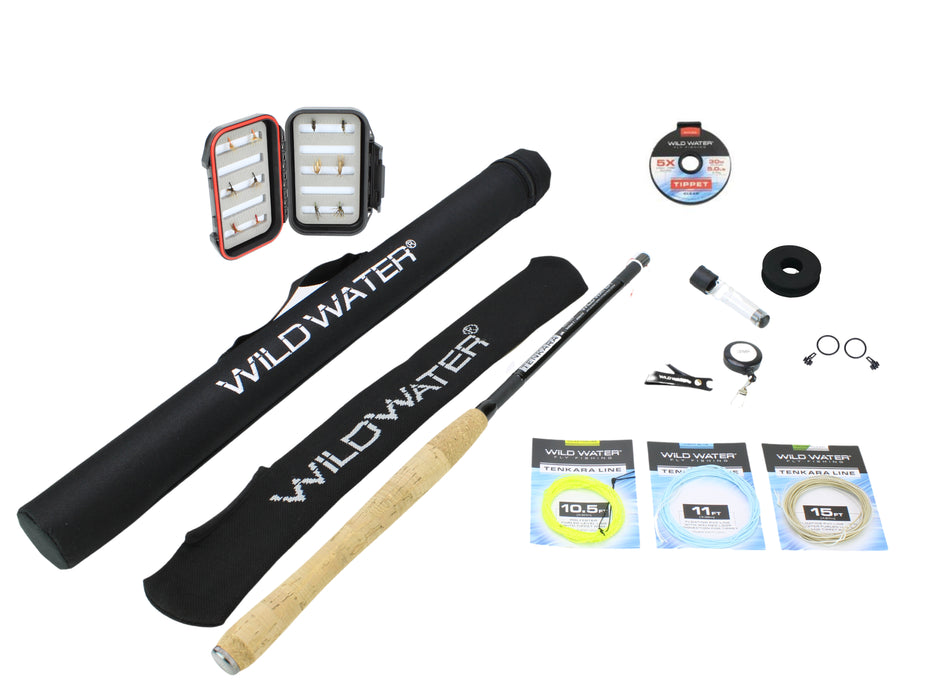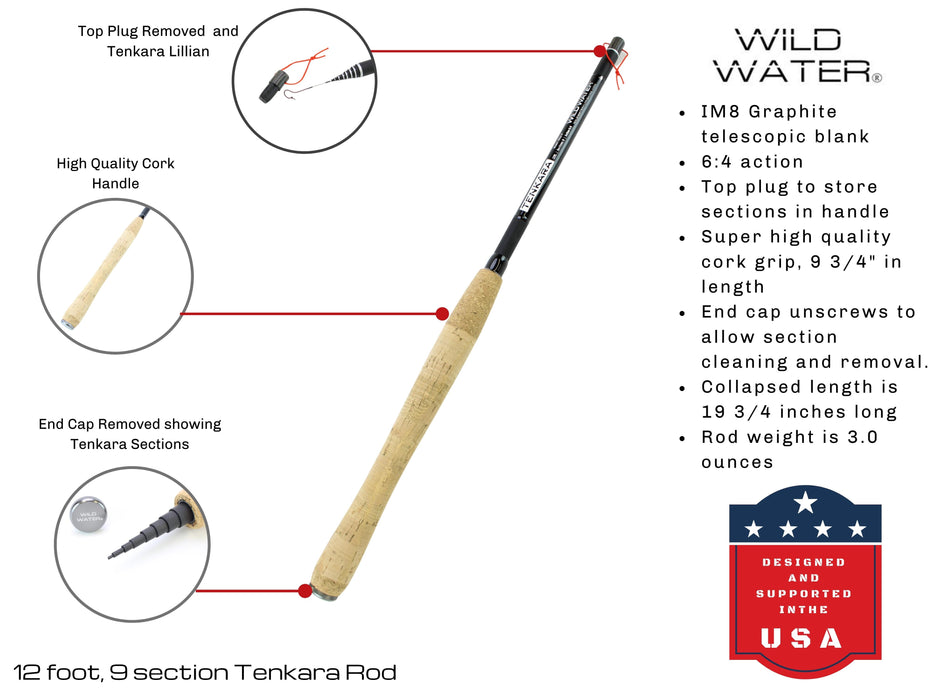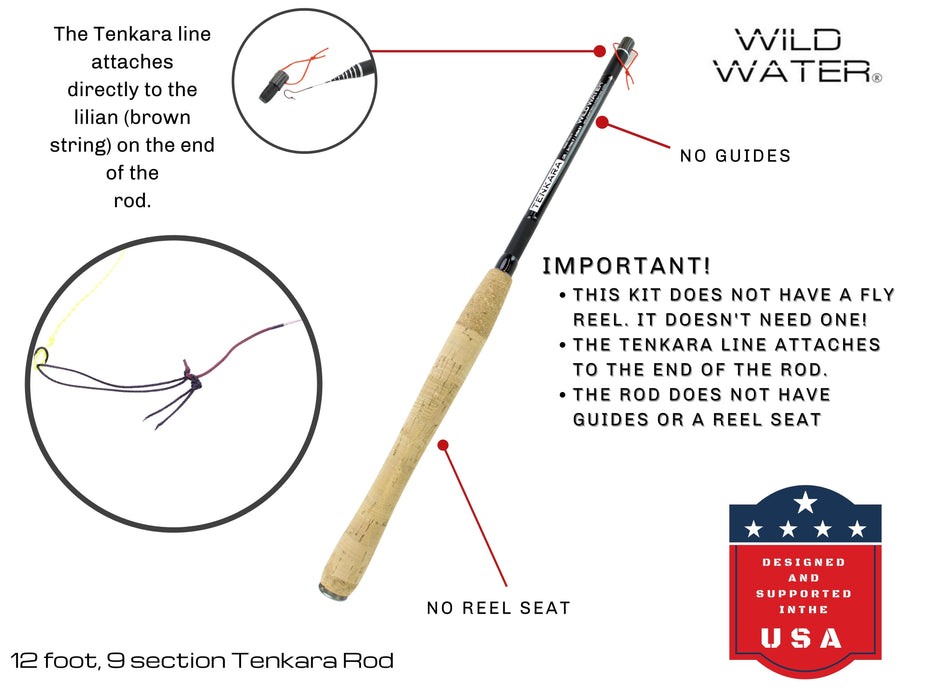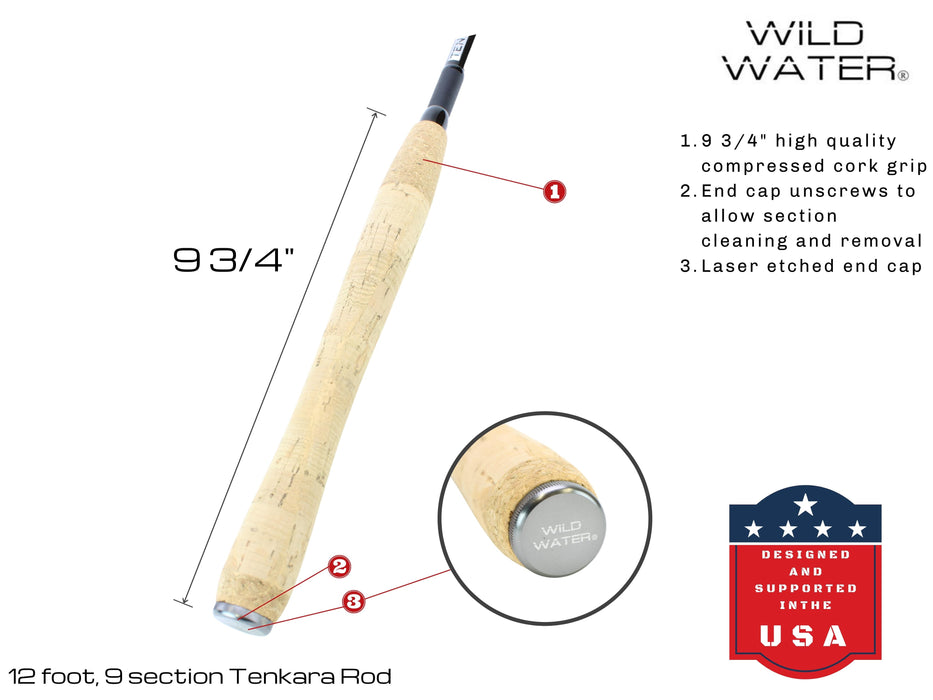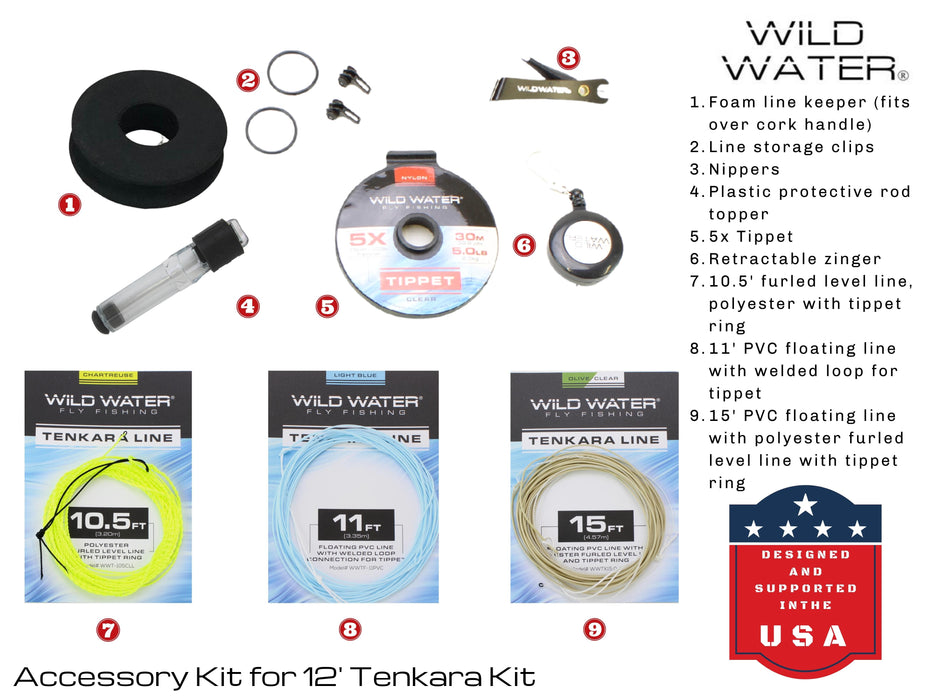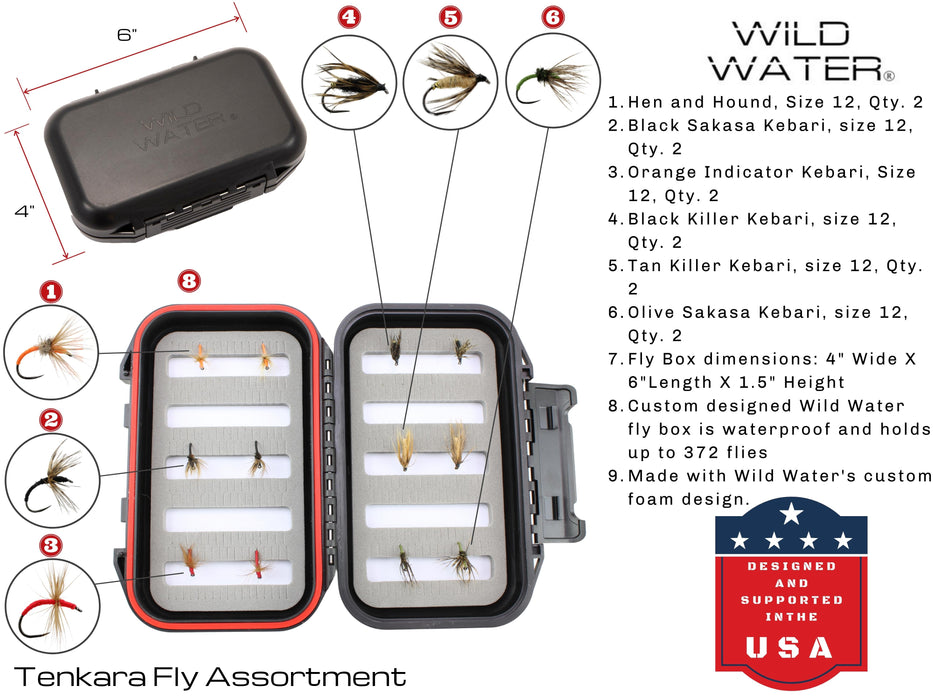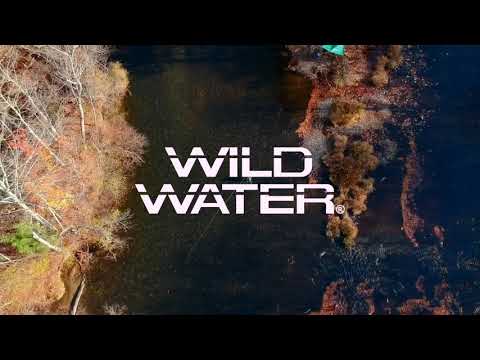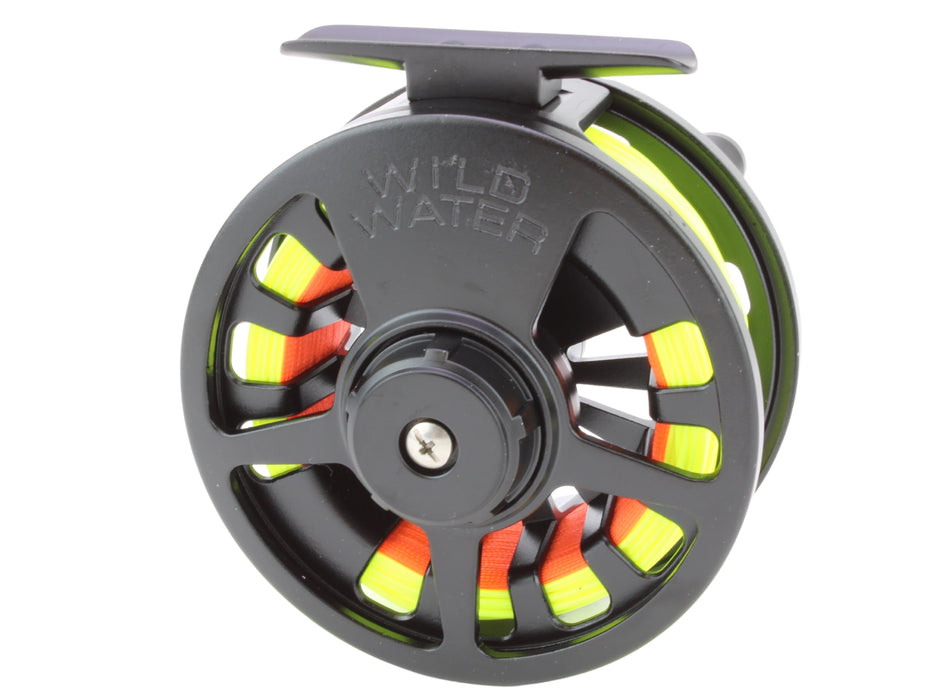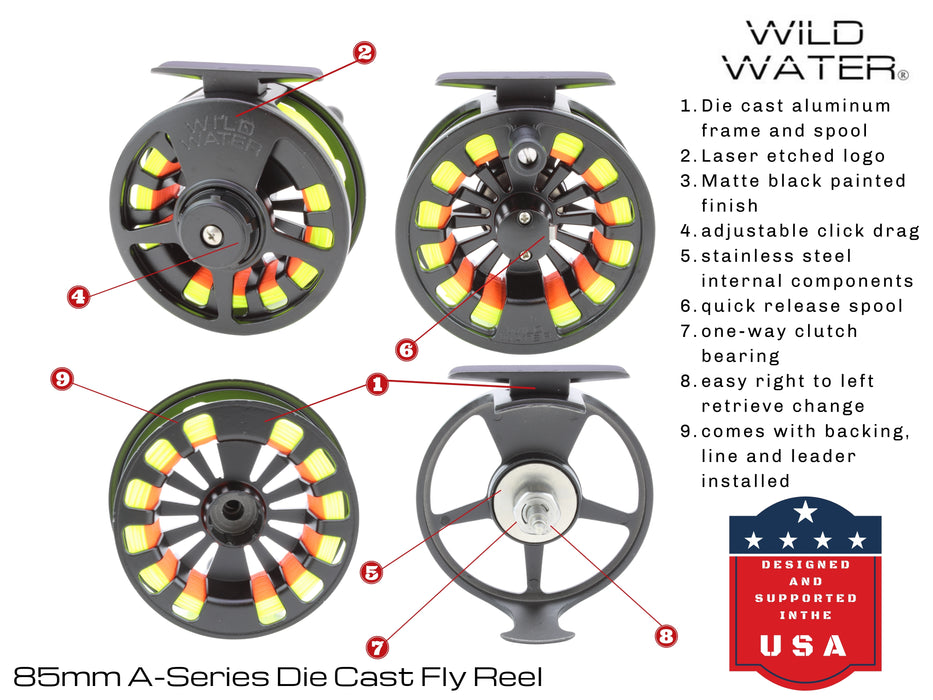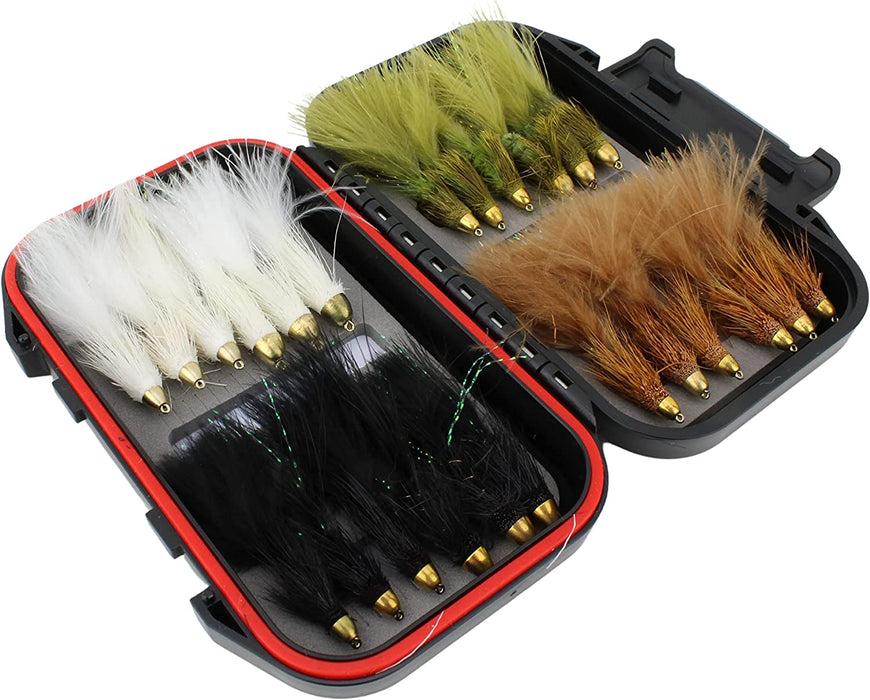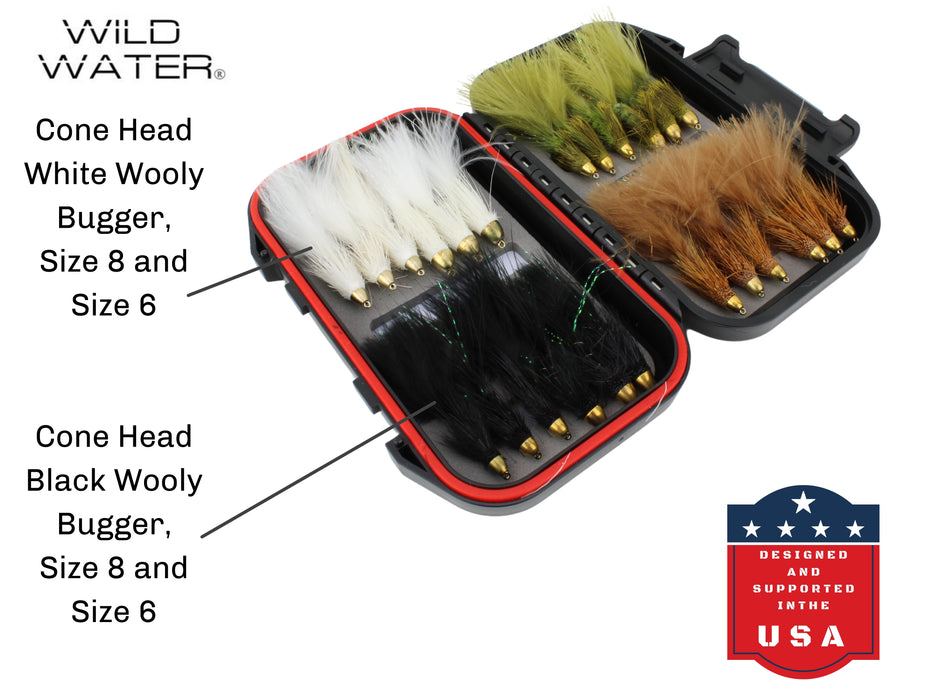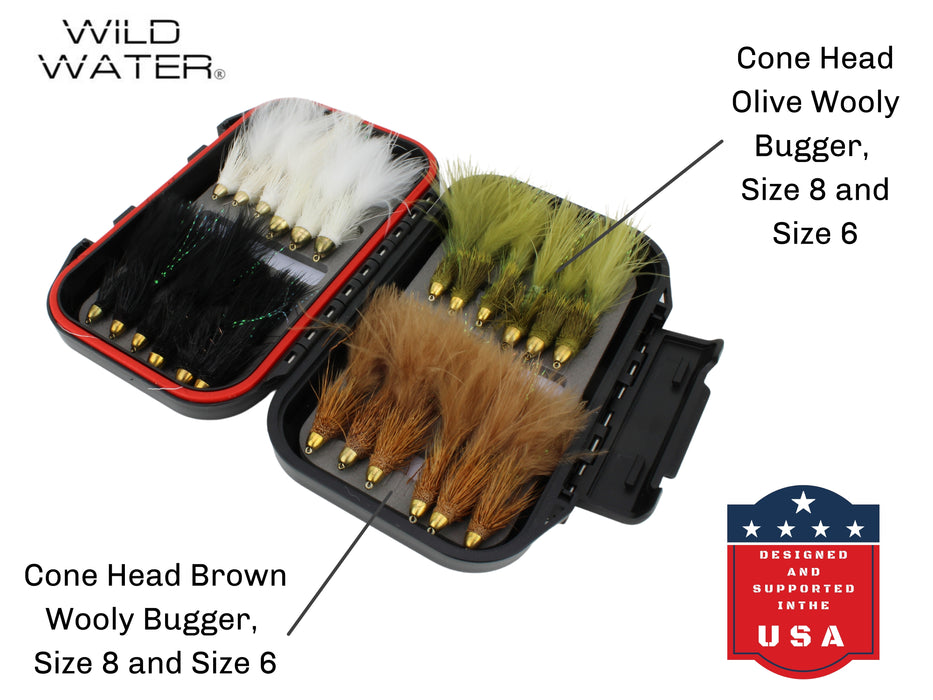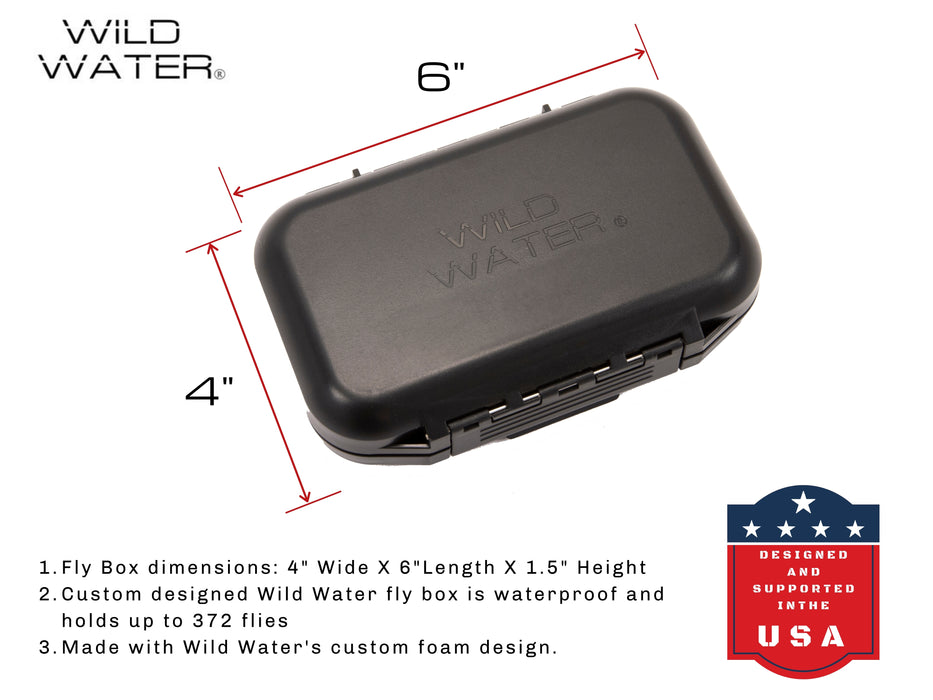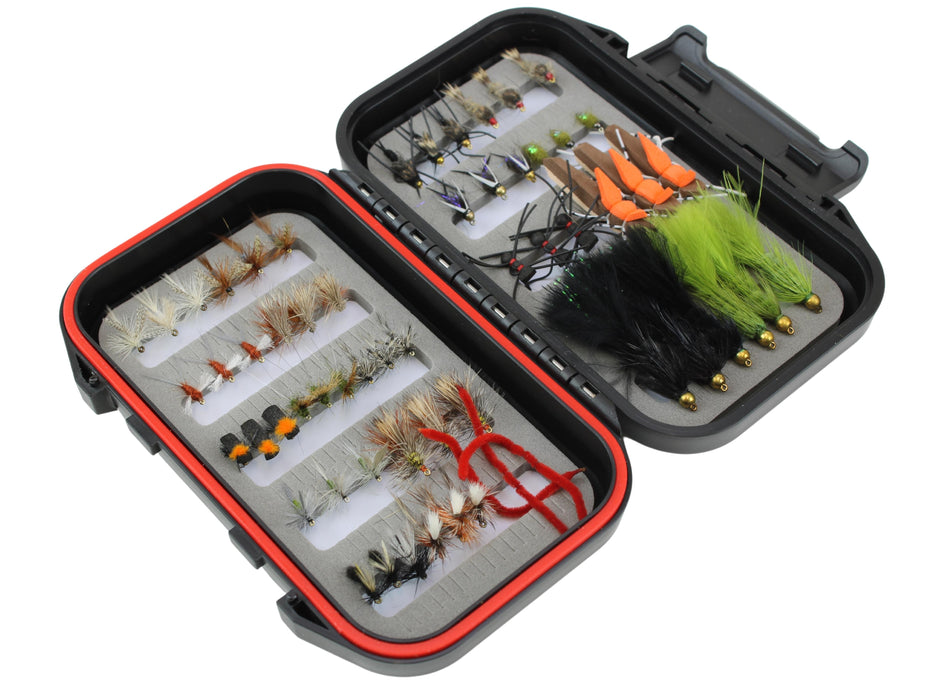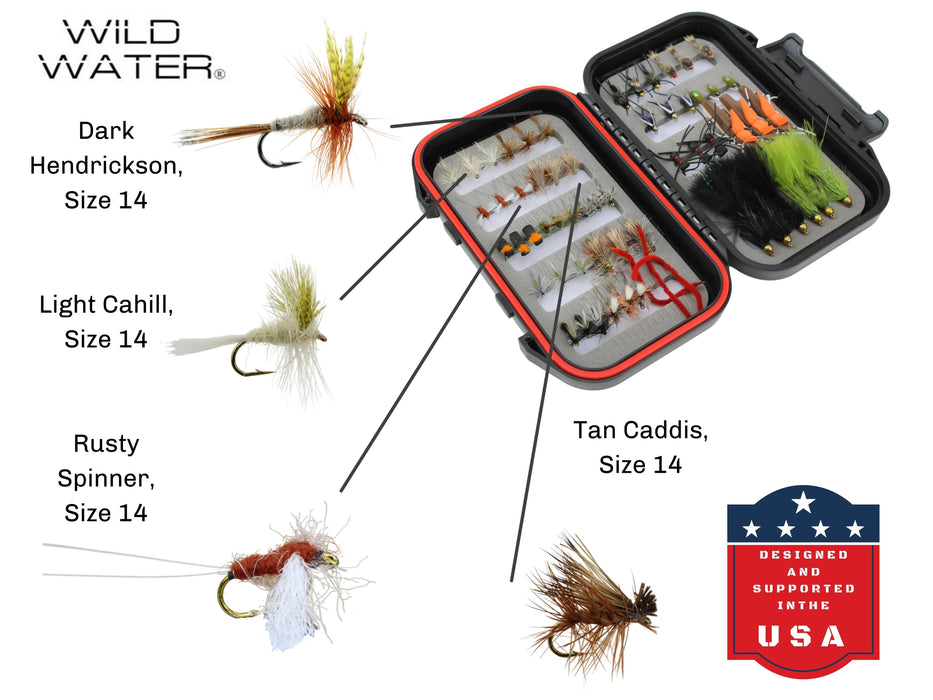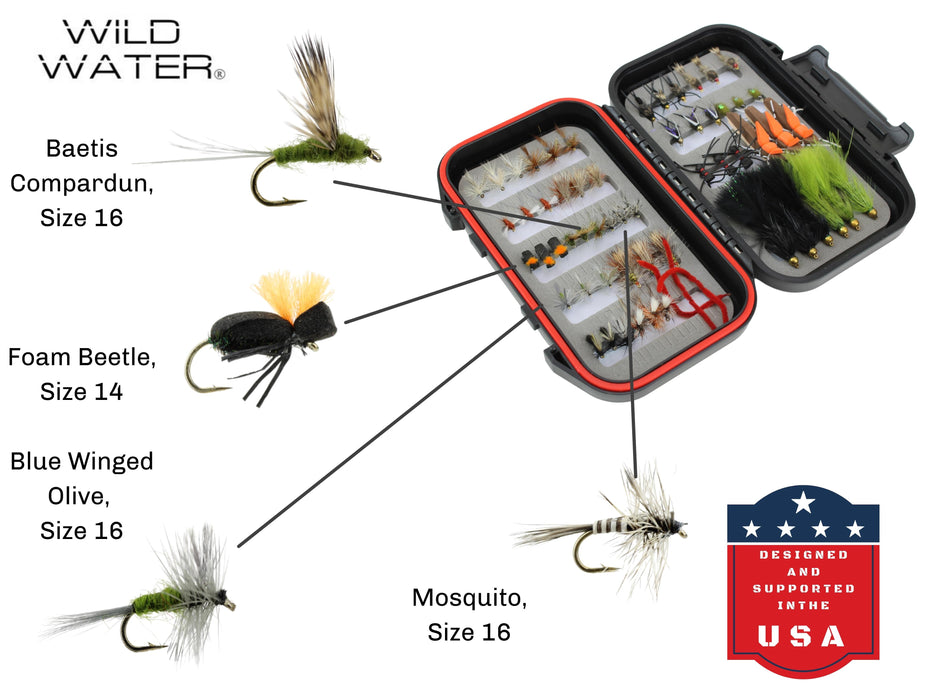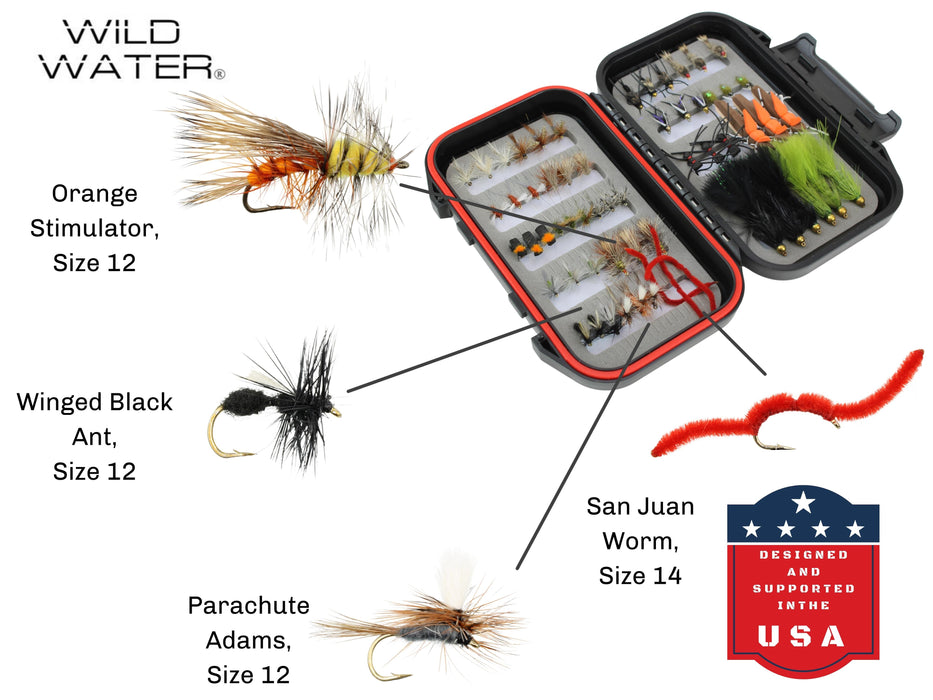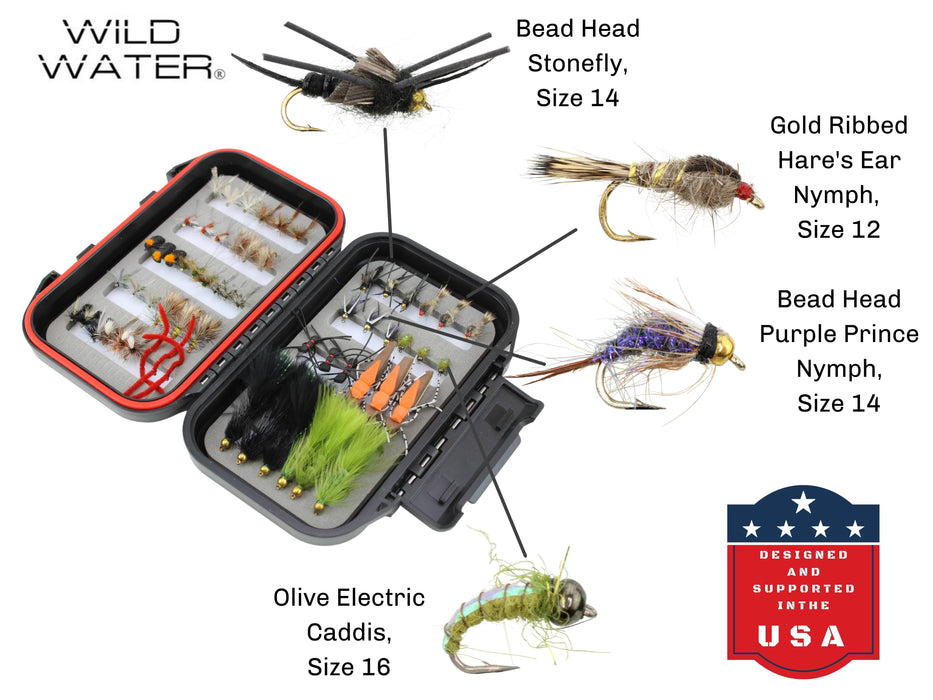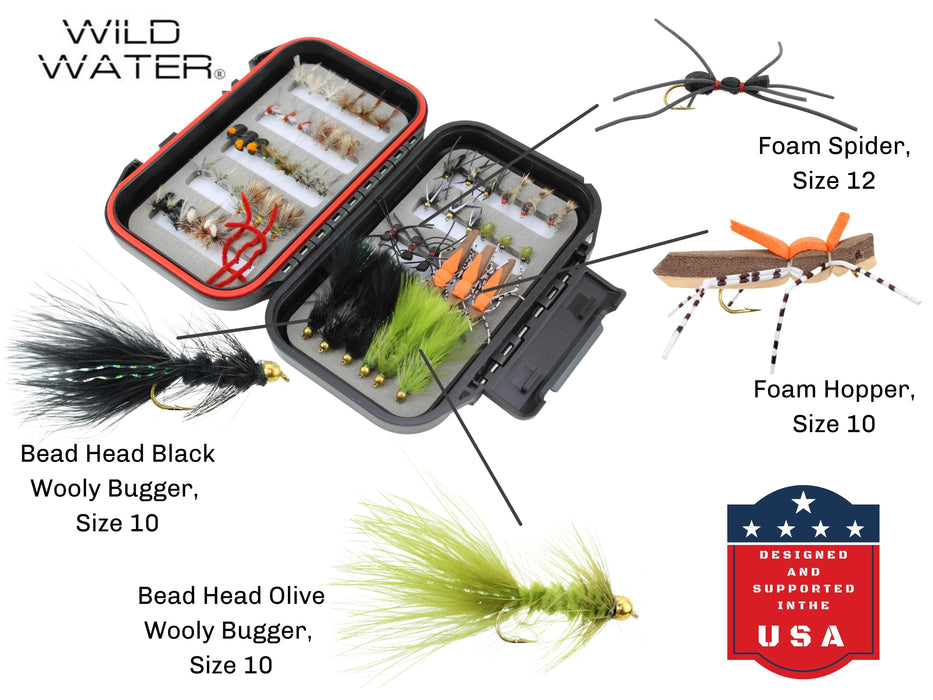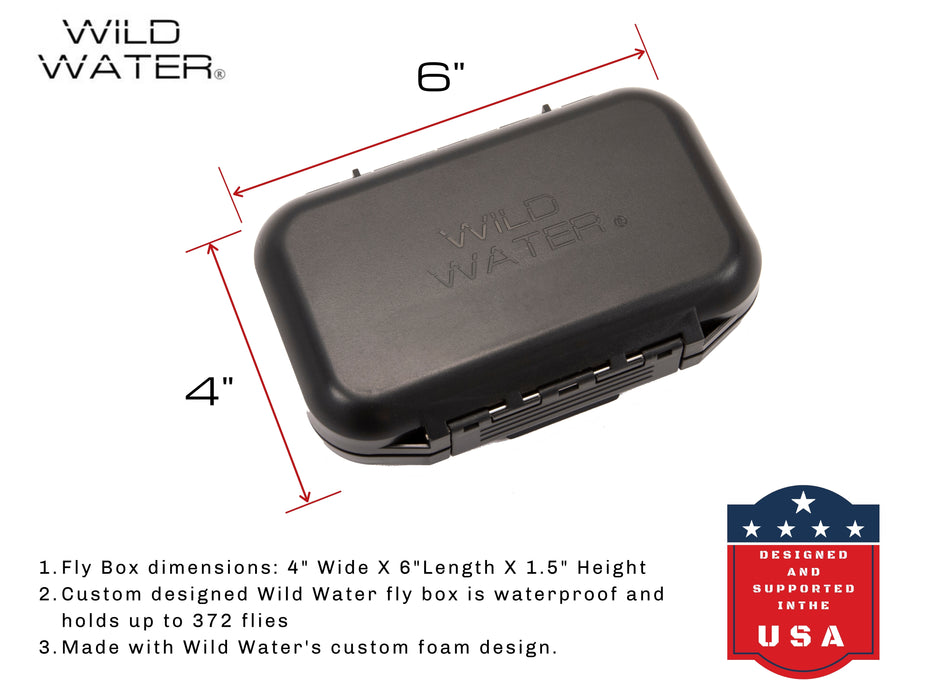Sometimes you pull up to your favorite stream and you're just astonished with sheer mass of bug parts all over your windshield. To anyone else in the world they might be a bit uneasy with all of this grossness. To a fly angler it triggers a Grinch-like smile knowing that there is a great chance to catch fish on a Dry Fly.
In the kingdom of flies you have in your box, dry flies are the King. It is the fly we all want to use all day long. Why? There is little as exciting to an angler as a properly placed and presented dry fly and the ensuing fight after a hungry trout sips that fly down from under the surface.
A Dry Fly is fly that is meant to imitate the final stage of the metamorphosis of an aquatic insect. The dry fly floats and is fished on the surface of the water. This is where the name Dry Fly comes from. Your line will not be weighted, no split shot, no indicator. You want the fly to delicately land on the surface. The occasional twitch or movement imparted by your rod or a slight tug of the line is all the action you should impart to the fly.
Dry fly fishing often happens when there is an insect hatch going on. A hatch is when the bugs are turning into winged insects and flying out of the water. The hatch can be a massive cloud of bugs or only a few a minute. You can spot a hatch taking place when you witness fish coming to the surface to feed.
In any of these circumstances we are using the age old adage of “Matching The Hatch” to get bites. Throw the fly that looks most like the bugs you see fish taking or that you see in the area. Example, when caddis flies are hatching use an Elk Hair Caddis pattern. When March Browns are hatching use a March Brown pattern. You get the idea.
You can also use a dry fly to search for fish. You don't need a hatch for dry flies to be effective. Often, a dry fly can elicit a strike when other styles of fishing won’t. Dries are to be casted upstream and drifted back towards you or across current. You want to drift your dries past obvious places where fish hide from the current while they are feeding such rocks or an undercut bank.
Some strikes are explosive, the wake of the fish as obvious as throwing a baseball into the water, others strikes are undetectable and the fish lets go of the fly without you even knowing. Generally a strike is somewhere between those two extremes and when it happens, lift your rod with tip up and hold your line. Fish On!
Fishing Dry Flies is the most fun and often the most fleeting type of fly fishing. There has never been a day that I hit the trout waters and I haven’t hoped for a dry fly bite to be on. When it’s not on I will still fish, obviously, but there is something missing that I just can’t shake. I want to see the strike. I want to know I fooled the fish, not with a fly underwater, but in the most difficult way there is. On the highlighted, silhouetted, backlit surface of the water where sometimes the only way you are successful is if you do everything perfectly.

